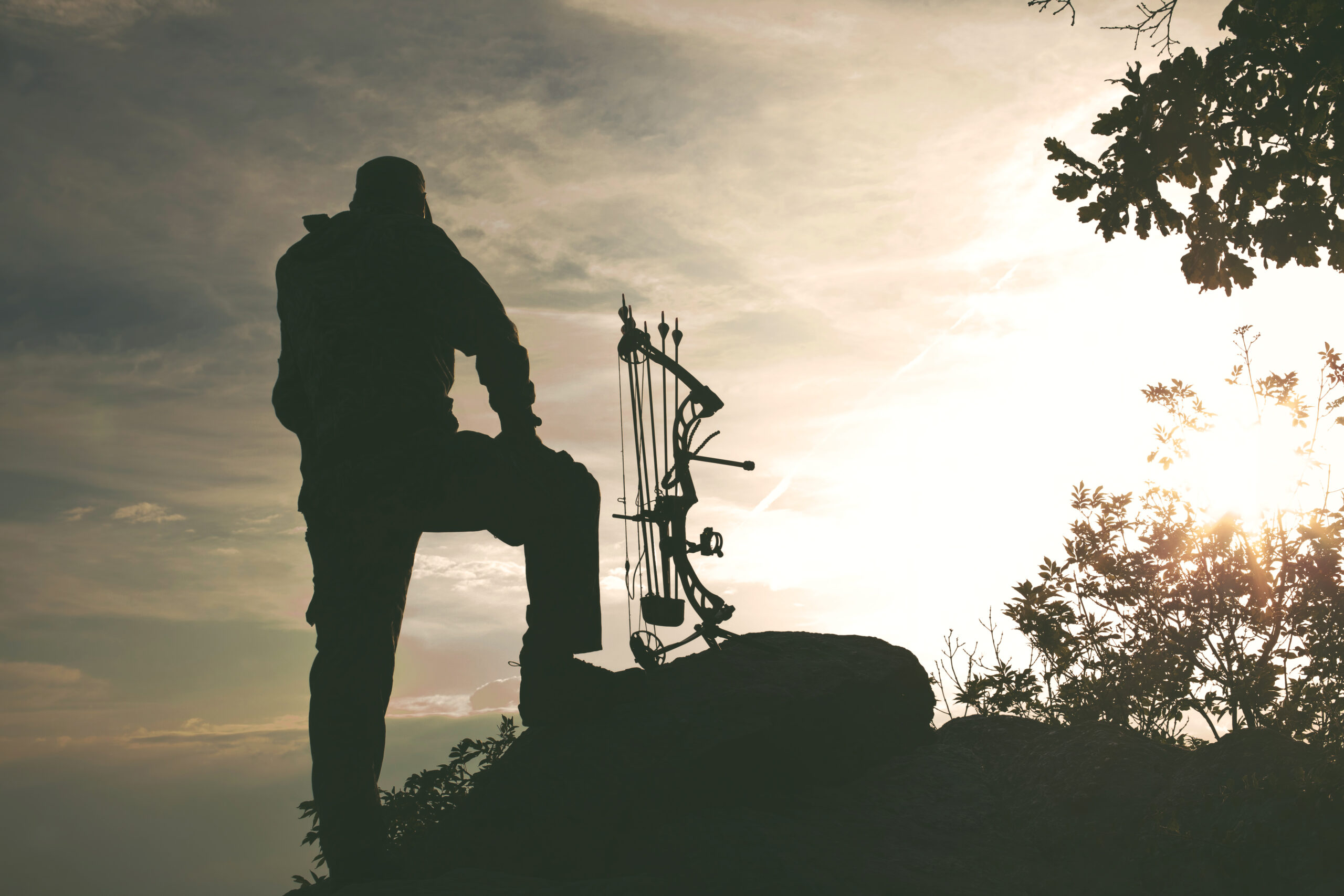Spring brings new life to the forest — budding trees, rustling leaves, and the fresh scent of morning dew. But for the bow hunter, spring also presents unique challenges and opportunities. Hunting with a bow in the spring forest demands more than just skill with a bowstring; it requires patience, stealth, and an intimate understanding of animal behavior. To succeed, you must become part of the forest, blending into the surroundings and moving with precision. This guide will help you master the art of stealthy bow hunting in spring forests, giving you the edge you need to get close to your target without being detected.
Understanding Spring Forest Dynamics
Spring forests are alive with activity. The warming temperatures bring animals out of their winter shelters, and many species are in the middle of their breeding seasons. Deer, turkeys, and even predators like coyotes are highly active during this time, but they are also on high alert. Increased foliage can offer cover, but it also makes noise control and visibility more challenging.
- New Growth and Cover: Fresh foliage can provide excellent concealment, but it also limits long-range visibility. Adjust your hunting style to rely more on close encounters rather than long-distance shots.
- Animal Behavior: During spring, animals tend to be more focused on feeding and breeding. Understanding their feeding patterns, bedding areas, and travel routes will help you position yourself strategically.
- Wind and Scent: Spring breezes are unpredictable. Pay close attention to wind direction and always approach your target from downwind to avoid detection.
Essential Gear for Spring Bow Hunting
Stealthy bow hunting requires the right gear to minimize noise and maximize comfort during long waits and quiet stalks.
1. Clothing and Camouflage
- Wear lightweight, breathable camo that matches the spring foliage patterns of your hunting area.
- Consider using scent-control clothing and sprays to reduce your scent signature.
- Soft fabrics are crucial to avoid noise when moving through brush.
2. Bow Setup
- Use a quiet bow with dampeners to reduce vibration and noise upon release.
- Opt for broadheads with a sharp, efficient cutting edge to maximize penetration on close-range shots.
- Keep your draw weight manageable to avoid unnecessary movement and noise when drawing.
3. Footwear
- Footwear is critical for stealth. Soft-soled, waterproof boots like Trudave 012 Hunting Boots provide excellent grip and comfort while allowing you to move quietly over uneven forest terrain.
- The Trudave 012 model is designed for rugged conditions, featuring moisture-wicking lining and lightweight construction to keep you silent and agile.
Techniques for Stealth Stalking
To get close enough for a clean shot with a bow, you need to move like a shadow through the forest. Here’s how to refine your stalking technique:
1. Slow, Silent Movement
- Step carefully, using the balls of your feet first to minimize sound.
- Pause frequently and scan your surroundings — rushing increases the risk of detection.
- Move only when the wind rustles the leaves or when animals are distracted by feeding or movement.
2. Master the Art of Blending In
- Stay low and use natural cover like fallen trees, shrubs, and shadows to break up your outline.
- Avoid sudden movements — animals are highly attuned to quick changes in their environment.
3. Managing Noise and Scent
- Use scent-blocking sprays and stay downwind at all times.
- If you snap a twig or rustle leaves, freeze immediately and wait for the animal to calm down before moving again.
- Adjust your pace to match the ambient noise level of the forest.
Shot Placement and Execution
A successful hunt isn’t just about getting close — it’s about making a clean, ethical shot.
- Range and Position: Keep your shots within 30 yards for maximum accuracy with a bow.
- Aim for Vital Areas: For deer and similar game, aim behind the front shoulder to target the heart and lungs.
- Remain Calm: Take deep breaths to steady your nerves before the shot.
After the Shot: Tracking and Recovery
Even with a perfect shot, the animal may run before collapsing. Knowing how to track your game is essential.
- Watch the Reaction: Pay attention to how the animal reacts to the shot — a heart shot will typically result in a shorter run, while a lung shot may take longer.
- Follow the Blood Trail: Look for bright red blood with bubbles (indicating a lung shot) or dark blood (indicating a liver or muscle shot).
- Move Cautiously: Approach the downed animal slowly to ensure it’s expired before handling it.
Common Mistakes to Avoid
Even experienced hunters can make mistakes when bow hunting in spring forests. Here’s what to avoid:
❌ Overcalling: Calling too often can alert animals to your presence. Keep your calls natural and sporadic.
❌ Rushing the Shot: Take your time to aim properly — rushing leads to poor shot placement.
❌ Ignoring the Wind: Always keep the wind direction in mind to avoid being scented.
❌ Not Practicing: Bow hunting requires consistent practice — regularly shoot from different angles and distances to build confidence.
Final Thoughts
Bow hunting in the spring forest is an art that combines patience, skill, and understanding of the natural world. Mastering stealth stalking takes time and practice, but with the right approach, you can get closer to your target and improve your success rate. Equipping yourself with reliable gear, like the Trudave 012 Hunting Boots, ensures you stay comfortable and silent in any terrain. This spring, take your bow hunting to the next level by embracing the challenge of stealth and making every shot count.


